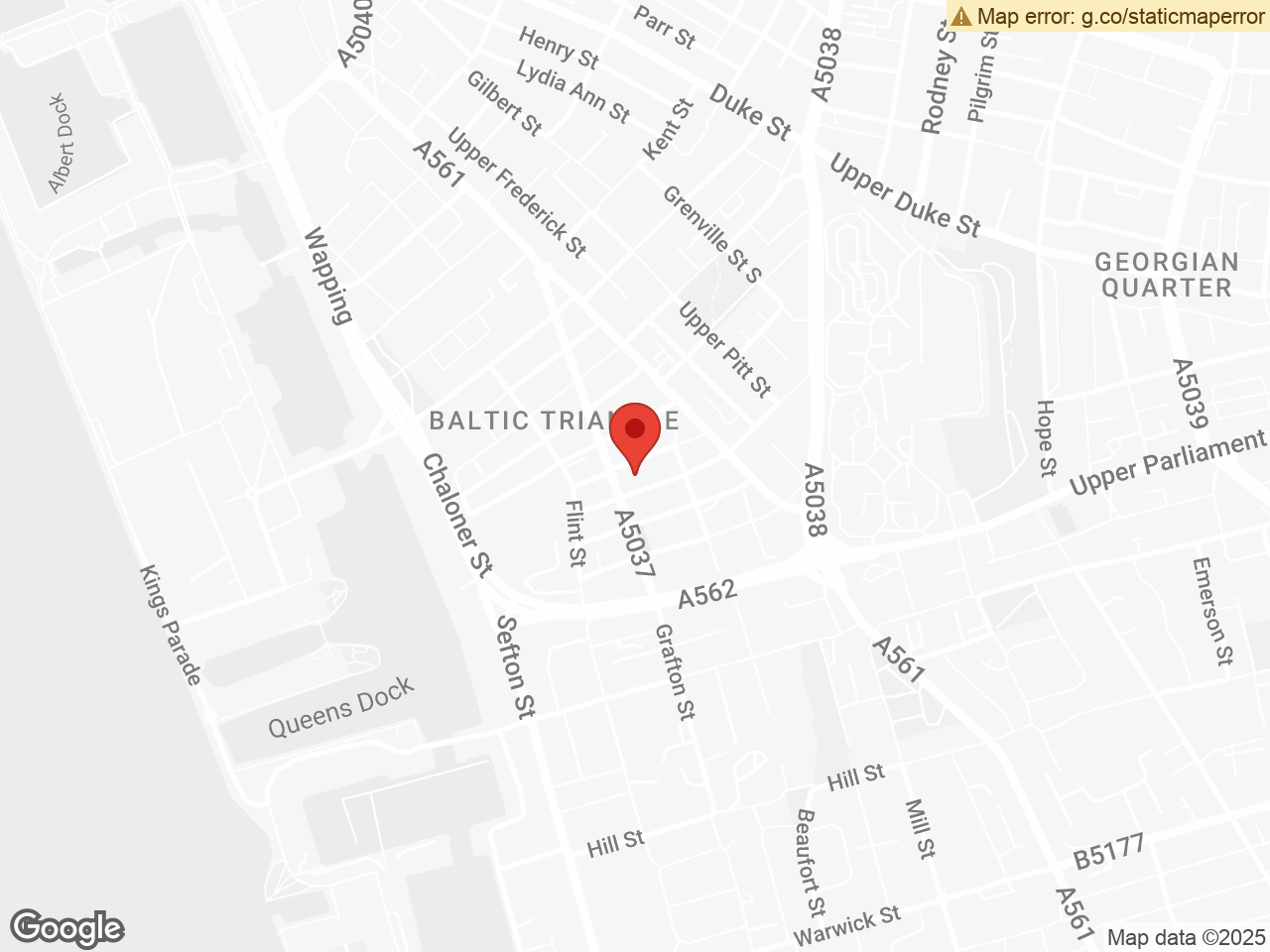Imayna Caceres resonates to forms of living that sustain life, that question systems of accumulation, and aim for social justice.
2025 Biennial Year Find out more
Imayna Caceres is an artist, writer, researcher, who engages in their work, their experience with modes of being in the worlds they are related to in Peru and Austria, particularly growing up in urban areas of the desertic central coast, inheriting practices from the oriental tropical Andes, and daily interactions to beings and phenomena of the Nordbahnhofgelände in Vienna.
They are interested in the making of communities in more-than-human worlds and their work expands through collaboration with local ecosystems and in response to spiritual-political concerns.
Their research focuses on border thinking, autohistoria-theory, collectively organized political actions of the Latin American diaspora in Vienna, the teachings of plants and neighbouring entities, and the arts and other vital practices as forms of producing knowledge that exceed scientific discourse. They resonate to forms of living that sustain life, that question systems of accumulation, and aim for social justice.
Latest projects include: Vital knowledges (2023), The plant that is conscious in me (2022), Cosmic, Planetary, Communal (2022), Postcards for healers (2020), Underground Blossomings (2019).
Caceres is MA. in Fine Arts and MA. in Art Theory and Cultural Studies from the Academy of Fine Arts Vienna, as well as a graduate of Sociology from the PUCP University of Peru and of Communications Sciences from the University of Lima. They are a recipient of the Doctoral Fellowship Programme of the Austrian Academy of Sciences for their ongoing PhD dissertation in philosophy. They are part of the feminist ecopolitical collective Antikolonialer Interventionen in Vienna.
Liverpool Biennial 2025
'Underground Flourishings', 2025
Imayna Caceres is interested in what can be learned from plants, animals, and other earth beings by paying attention to how they form and make worlds. The artist sees their work as a collaboration between themselves and local ecosystems, seeking to acknowledge the histories and roles of the ‘more-than human’ across Liverpool, Vienna, and Lima.
In this new installation, Caceres draws on symbolism and motifs from pre Columbian* cultures – such as the Moche, Chachapoyas, or Inca*, to reflect on ancestral teachings about non-human worlds. On the wall, over 100 individual clay sculptures have been hand-crafted using material from the River Mersey and water from the Danube River which flows across Europe. The sculptures represent a vast range of references, including
Imayna Caceres is interested in what can be learned from plants, animals, and other earth beings by paying attention to how they form and make worlds. The artist sees their work as a collaboration between themselves and local ecosystems, seeking to acknowledge the histories and roles of the ‘more-than human’ across Liverpool, Vienna, and Lima. In this new installation, Caceres draws on symbolism and motifs from pre Columbian* cultures – such as the Moche, Chachapoyas, or Inca*, to reflect on ancestral teachings about non-human worlds. On the wall, over 100 individual clay sculptures have been hand-crafted using material from the River Mersey and water from the Danube River which flows across Europe. The sculptures represent a vast range of references, including the notion of ‘Lifer’ as a mud full of life, the pre Columbian myth of things coming to life and refusing to be seen as less alive than humans, research on water pathways and soils, the artist’s own mestizo-indigenous heritage, dreams and memories, and Andean Amazonian cosmovisions (the cosmic worldviews and practices of a society.) The video’s starting point is a myth from the coastal Moche people in Peru (100-800 CE) which the artist connects to stories of planetary survival. The work asks us to reflect on the damaging impact of colonial and contemporary exploitation and the extraction of ecosystems which are seen as ‘natural resources’. Through referencing mass extinction events and ancient agricultural practices, it tells a story of resilience – highlighting a world in which plants create impromptu natural architecture and nature struggles for self-determination and survival. On the floor, offerings are placed to give thanks to the hidden labour of other species and phenomena, referencing spiritual-political* knowledge systems that are still practiced in Latin America today. The offerings acknowledge all grains and plants, water and soil, stones and flowers, and other natural phenomena on whose existence we depend, as the growing climate crisis reminds us. Courtesy of the artist. Commissioned by Liverpool Biennial and produced in collaboration with Phileas – The Austrian Office for Contemporary Art, with support from Catherine Petitgas. *Pre-Columbian denotes the period in the Americas before the arrival of Christopher Columbus. *Moche (100-800 CE), Chachapoyas (800-1470 CE), Inca (1438-1533). *By spiritual the artist defines a practical, nurturing relation to a materiality or ecosystem (local and cosmic) that is practiced out of need and care for the relationships with what keeps us alive, which is the basic condition for our life to exist Showing at 20 Jordan Street
'Underground Flourishings', 2025
Showing at 20 Jordan Street
Weds-Sun 10am-6pm




